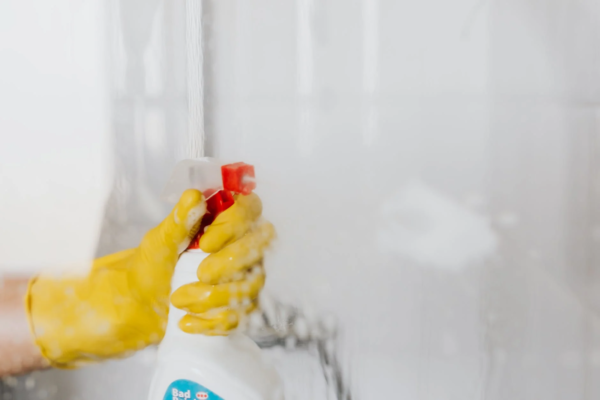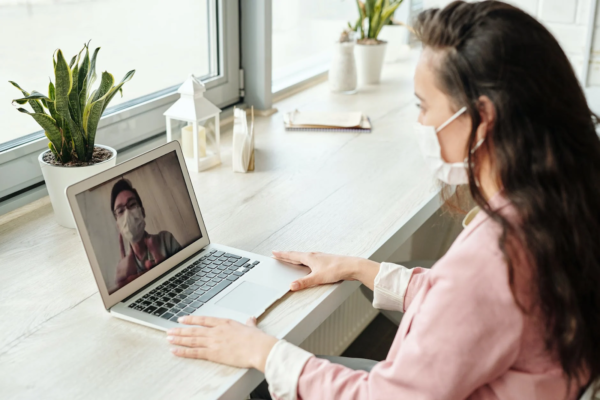Working from home has been a lifesaver for the past couple of months. Without the ability to carry on trading from living rooms, bedrooms and kitchens, the business probably wouldn’t have survived. In many ways, you’re indebted to remote-based programmes and software, and you’ll continue to use them for the foreseeable future.
Of course, you want to get back into the office. Working from home is a cool hack, yet the company isn’t optimised for remote-based activities. You can’t keep track of projects in the same way or maintain a high level of productivity. Even worse, leading is incredibly tricky when you can’t speak to people face-to-face and judge their body language.
Life after COVID-19 may never be the same again. However, for businesses, it’s essential that you learn to adapt to the new normal to avoid creditors darkening your doorstep. It won’t be easy, especially in the beginning, and it will take plenty of patience and a can-do attitude, but it’s feasible.
Here are the strategies employers should use to slowly but surely return to the workplace after lockdown. Remember to take baby steps and analyse every measure to ensure profits aren’t put in front of people’s health and wellbeing.
Perform A Risk Assessment
The first port of call is to check whether your office is suitable for workers to return under the new guidelines. It’s tempting to assume that it is because you can keep them two metres apart and wipe down the surfaces. However, you must be more clinical than using guesswork to guide your decisions.
An authentic risk assessment includes everything from the following:
- identify what work activity or situations might cause transmission of the virus
- think about who could be at risk
- decide how likely it is that someone could be exposed
- act to remove the activity or situation, or if this isn’t possible, control the risk
By doing this, you can be confident that you are doing everything to prevent the spread of the virus in the office. Small and medium-sized businesses may not have to write down their policies – it depends whether you have more than five workers – yet it helps regardless. A codified document allows you to refer back to it when you need inspiration. Plus, it helps you to remember your goals and targets and stick to them religiously.

Stagger The Return
In truth, you should only ask the people who are essential to the company’s practices and procedures to come back to the office. And, this should happen if they can’t work from home without serious interruptions. Everybody else must keep calm and carry on from the comfort of their home as this is the best way to reduce the risk of infection.
Many bosses will see the guidance as a green light to get everyone back in the workspace as quickly as possible. This isn’t the case. Instead, it’s a compromise to assist businesses that are struggling to transition from office-based projects to home-based ones. Therefore, you shouldn’t take advantage.
Also, it’s vital to speak to your workers about the decision. Some of them may not feel comfortable going back into the office, and others may not be able to if they are shielding. As a result, it’s crucial that there are open and flexible negotiations. Firstly, forcing people to increase their chances of getting ill isn’t responsible. Secondly, they’ll never be productive if they’re scared for their lives.
Initially, you need the employees that can’t work from home, and nobody else. As government guidance is released, you can tweak your approach accordingly.

Put Cleanliness First
Did hygiene take a backseat for a while? Were you more bothered about the appearance of your brand rather than the cleanliness of the workspace? Don’t be embarrassed because plenty of companies are changing their ways in the wake of the Coronavirus pandemic. New information is absorbed daily.
What that means now is that you can’t afford to put hygiene on the backburner. This means wiping down surfaces and staying two metres apart where feasible. Anything you can do to eliminate the impact of the virus is a must, which is why it’s smart to go the extra mile.
Commercial air purifiers are fantastic health investments thanks to their filtration systems. So, if you want to make the air cleaner and remove the bacteria and viruses, you could install one. In the long-term, a purifier will transform the work environment, too, so it’s an all-round buy.
For the firms that don’t have the money right now, you can hire a cleaning service. Professionals have access to chemical-grade products, and they are affordable. Ask them to come in during the morning and at night when the office is empty so that you don’t put anybody at risk.
Review The Programme
Like any strategy, you must review it after a couple of weeks. When you do, you’ll spot strengths and weaknesses that you can gauge that will give you a better understanding of whether your strategy is going to be successful. It’s not a sure thing, and you can never truly tell, yet the data should point you in the right direction.
An obvious place to start is employee health. Is everyone fit mentally and physically? As soon as there is a whiff of COVID-19 in the workplace, it’s time to take a step back. However, if there isn’t, and you can test this, you could be on the right tracks.
Another option is to engage the workforce for their views. You have to remember the mental impacts of returning to the office when there is a greater risk of ill health. While everyone may appear happy, it’s vital to ask for feedback and ensure they are comfortable with the policies.
Factor in business performance, too. Part of going back to the office is to boost sales and profits. If that isn’t happening, there may not be any point in putting people in harm’s way, even if you can negate the hazards.
Are you planning on returning to the workplace? How will you ensure the risks are low?




